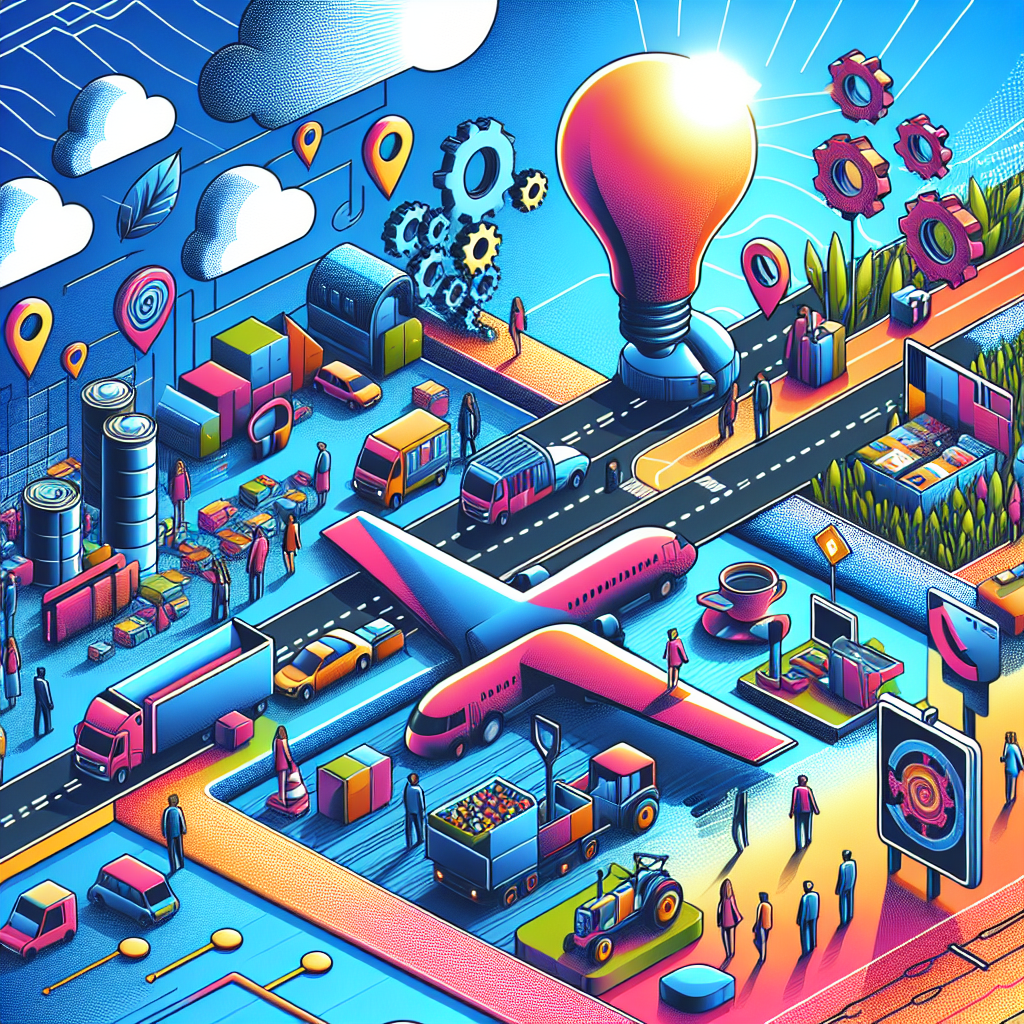The Rollercoaster Ride of Transport in New South Wales
Imagine a place where the daily commute feels like a thrilling rollercoaster ride, and you've got New South Wales (NSW) in Australia. The transport system here is a complex web of trains, buses, ferries, and light rail, all working to move millions of people across the state. This intricate network is managed by Transport for NSW, a government agency responsible for ensuring that everyone gets from point A to point B as smoothly as possible. The system has been evolving over the years, with significant developments and challenges shaping its current state. The question is, how well is it serving the people of NSW, and what does the future hold?
Transport in NSW is a hot topic, especially in Sydney, the state's bustling capital. The city is notorious for its traffic congestion, which has been a persistent issue for years. With a growing population, the demand for efficient public transport is higher than ever. The government has been investing heavily in infrastructure projects, such as the Sydney Metro, to alleviate some of these pressures. The Metro, Australia's largest public transport project, aims to provide a fast, reliable, and efficient service to commuters. However, the implementation of such projects often comes with its own set of challenges, including budget overruns and delays.
On the other hand, the public transport system in regional areas of NSW often paints a different picture. Many residents in these areas feel neglected, as they face limited access to reliable public transport options. This disparity between urban and regional transport services is a significant issue that the government needs to address. While Sydney enjoys the benefits of major infrastructure projects, regional areas often struggle with outdated and infrequent services. This has led to a reliance on private vehicles, which can be costly and environmentally unfriendly.
The environmental impact of transport in NSW is another critical concern. With climate change being a pressing global issue, there is a growing push for more sustainable transport solutions. The government has been exploring options such as electric buses and trains to reduce carbon emissions. However, transitioning to a greener transport system is no small feat. It requires substantial investment and a shift in public mindset. While some progress has been made, there is still a long way to go before NSW can boast a truly sustainable transport network.
Despite these challenges, there are also success stories within the NSW transport system. The Opal card, for instance, has revolutionized the way people pay for public transport. This smart card system has made commuting more convenient and efficient, allowing passengers to tap on and off across various modes of transport. Additionally, the introduction of real-time transport apps has empowered commuters with up-to-date information, making it easier to navigate the system.
Critics of the NSW transport system argue that more needs to be done to improve accessibility and affordability. For many, the cost of public transport is a significant barrier, particularly for low-income families and students. There is a call for more concessions and subsidies to make public transport a viable option for everyone. Furthermore, accessibility remains a challenge for people with disabilities, as not all stations and services are equipped to accommodate their needs.
The future of transport in NSW is a topic of much debate and speculation. With technological advancements and changing societal needs, the transport landscape is likely to undergo significant transformations. Autonomous vehicles, for example, could revolutionize the way we travel, offering new possibilities for efficiency and safety. However, the integration of such technologies into the existing system will require careful planning and consideration.
Transport in New South Wales is a multifaceted issue that affects millions of people daily. While there have been strides in improving the system, there are still many hurdles to overcome. Balancing the needs of urban and regional areas, addressing environmental concerns, and ensuring accessibility and affordability are all crucial components of a successful transport strategy. As NSW continues to grow and evolve, so too must its transport system, to ensure it meets the needs of its diverse population.

